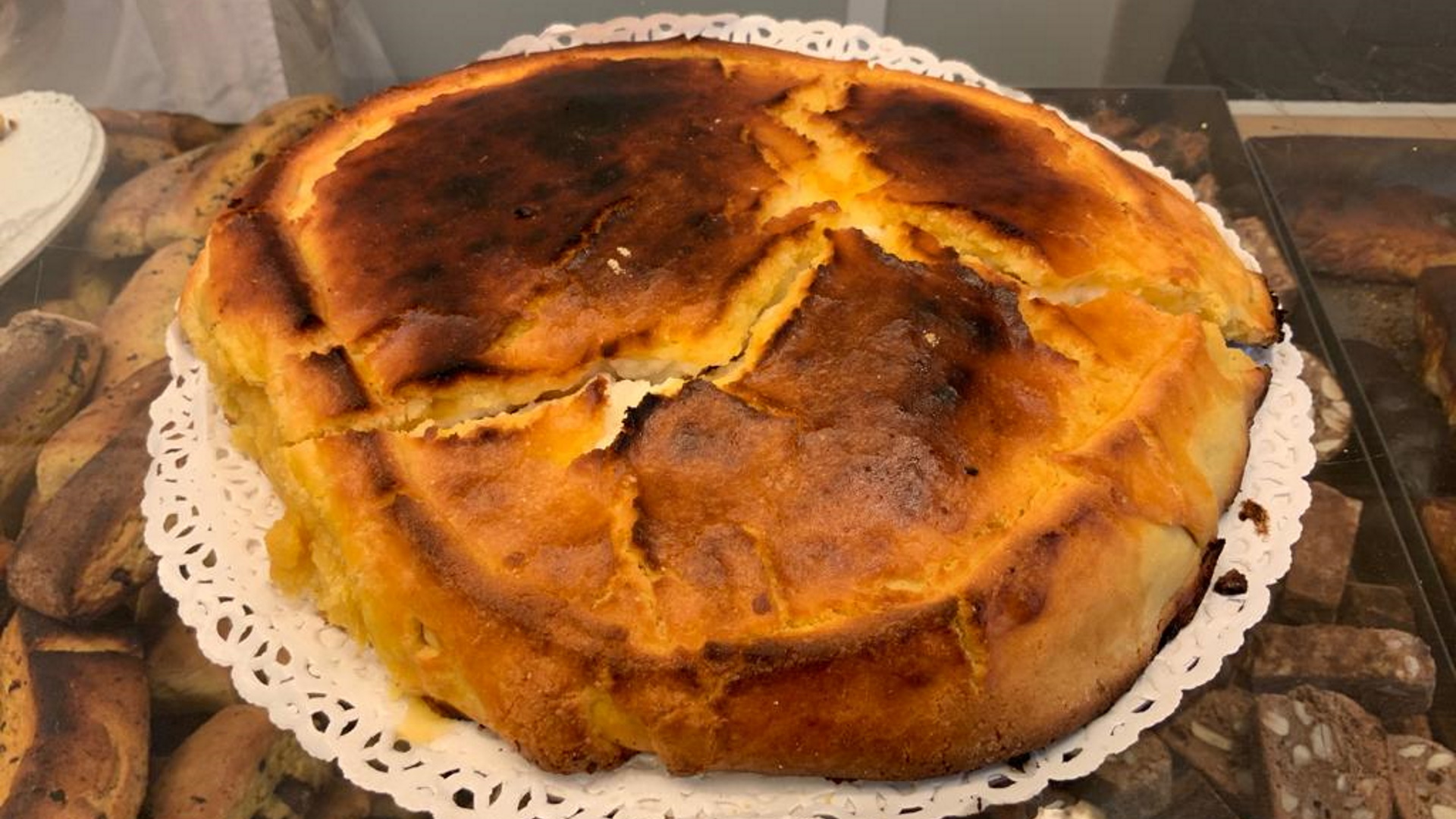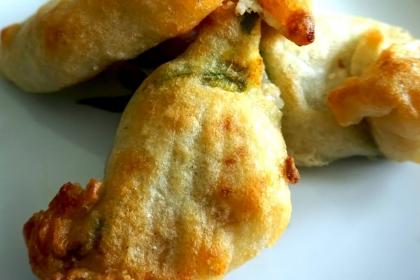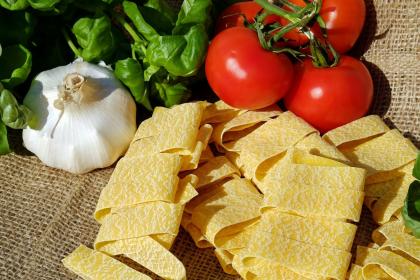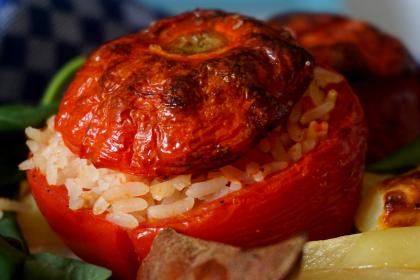
In some traditional Roman dishes, we can find evident signs of the millenary Jewish presence in the Capital. Over the centuries, the two ancient gastronomic realities have merged, giving life to the famous recipes of Jewish-Romanesque cuisine.
This tradition has always paid particular attention to the choice of raw materials; often "poor" and seasonal, the ingredients of this interesting gastronomic contamination are treated according to the strict religious precepts which identify the permitted foods, called "kosher" in Hebrew.
Often zero-mile, the supply chain is fully controlled and subjected to checks that guarantee the authenticity and the necessary certification by the external rabbinical authority. So much attention allows one to know the exact composition of the dishes, making life more comfortable even for those who have food intolerances.
The tasty Hebrew-Roman recipes derive from a predominantly family cuisine, handed down over the centuries, which, over time, has been adapted to the local culture and products with the creation of unique and unmistakable dishes.
The recipes, which we can taste in typical Roman restaurants and taverns, are mostly related to seasonality and religious holidays. Among these are the carciofi alla giudia (artichokes alla giudia), the fiori di zucca fritti (fried squash blossoms), the caponata di melanzane (eggplant caponata), the polpettone di patate e tonno (potato and tuna meatloaf), the coppiette di carne secca (meat cut into strips and dried), the animelle con i ceci (sweetbreads with chickpeas), which derive from the Jewish tradition of the fifth quarter, and the braid-shaped Shabbat bread.
There are many dishes to prepare in the family and moments of conviviality with friends. We suggest two of the most known and appreciated recipes.
An easy and flavorful dish: the Tortino con Aliciotti e indivia
This ancient delicacy combines the delicate flavor of anchovies with the slightly bitter taste of endive. The anchovies and endive pie is an easy-to-make oven-baked flan to be eaten either warm or cold. It alternates fresh anchovies, an inexpensive fish rich in minerals, protein, and Omega-3, and endive, a typical vegetable of the Roman countryside.
Ingredients for four people:
- 800 g fresh anchovies;
- 1 kg of curly Roman endive;
- 2 garlic cloves;
- 3 tablespoons of extra virgin olive oil;
- salt and pepper.
Clean the endive, discarding the core and the outer leaves, then wash it repeatedly under running water, dry it and roughly chop it. Salt it and place it in a colander for a couple of hours so that it loses some of its vegetation water.
Remove the head of the anchovies, open them, leave them attached to the back and remove the bone and the entrails. Wash the anchovies and lay them on a double layer of kitchen paper to dry. Grease a high-sided baking dish with a diameter of 24 cm with some oil and arrange the anchovies in a single layer. Season with salt and pepper and a few garlic slices, and cover the anchovies with some endives. Continue with the layers until all the ingredients finish, pouring the oil on the last layer, which should be vegetables. Place the pan in the oven previously heated to 200° C and bake for about 40 minutes.
Serve the preparation warm. The original recipe calls for using the endive in its natural state, but in this case, the preparation is a bit watery.
A sweet end of a meal; the Crostata di Ricotta e visciole
Among the dishes linked to the strong tradition of a predominantly family character, handed down orally over the centuries, the ricotta and sour cherry tart is a great classic. Have you ever tasted it? If you are in Rome, you should try the original recipe in one of the famous historic bakeries at the Ancient Jewish Ghetto.
To make the shortcrust pastry base:
- 400 g of 00 flour
- 200 g of sugar
- 200 g of butter at room temperature
- 4 egg yolks
- lemon peel
To make the filling:
- 400 g ricotta cheese
- 120 g of sugar
- 1 egg
- 2 spoons of sambuca
- 1 jar of sour cherry jam (or cherries if you can not find the sour cherry jam), approximately 350 gr.
For the shortcrust pastry, make a well with flour and sugar. Cut the butter into small pieces and put it in the center of the well. Add the egg yolks on top of the butter and knead all the ingredients as fast as you can until you form a smooth ball. Wrap it with plastic and let it rest in the refrigerator for at least 30 minutes before using it.
When the shortcrust pastry is cold, grease and flour a 24 cm baking tart pan. Now, press the dough on the bottom of the pan and put some aside for the decorative strips of the cake surface. Spread a layer of jam on the uncooked shortcrust pastry. In a separate bowl, mix the ricotta cheese with sugar, egg, and liqueur; pour the mixture into the pan.
Decorate the cake with the strips of short pastry and bake at 180 Celsius degrees, for about an hour, until completely golden. The baking time also depends on the width of the mold and the thickness of the shortcrust pastry and cream, so check at 45 minutes and then let the cake bake again if it is not well cooked. Finally, cool the cake and store it in the refrigerator until ready to serve.
All Kosher hostarias and restaurants are on the Roma Ebraica website.
Food trail

Traditional cuisine

Pomodori con il riso













































